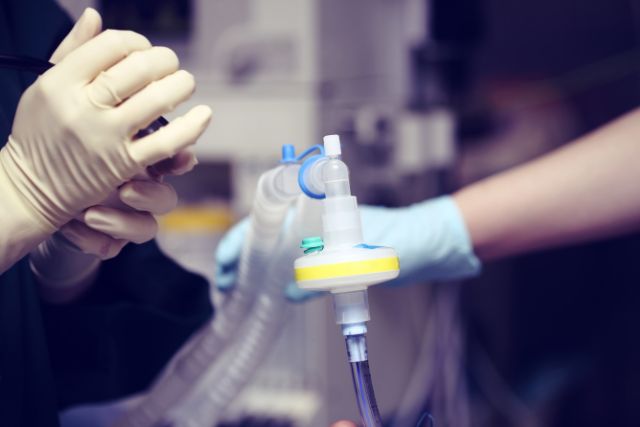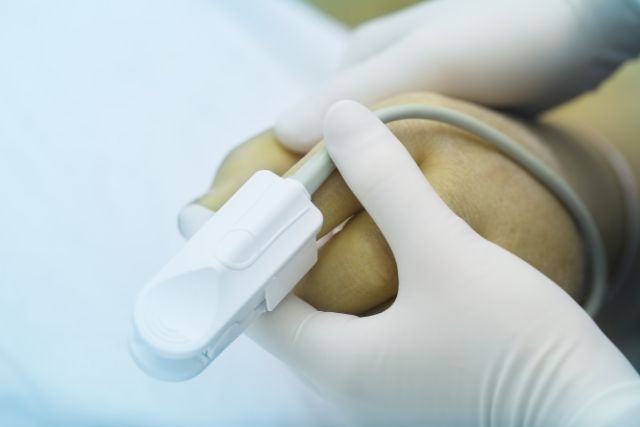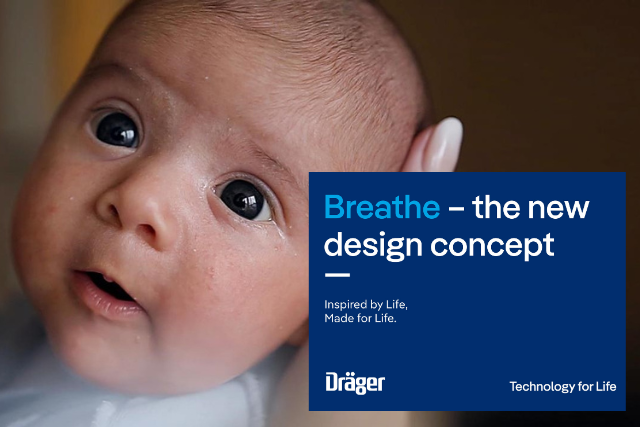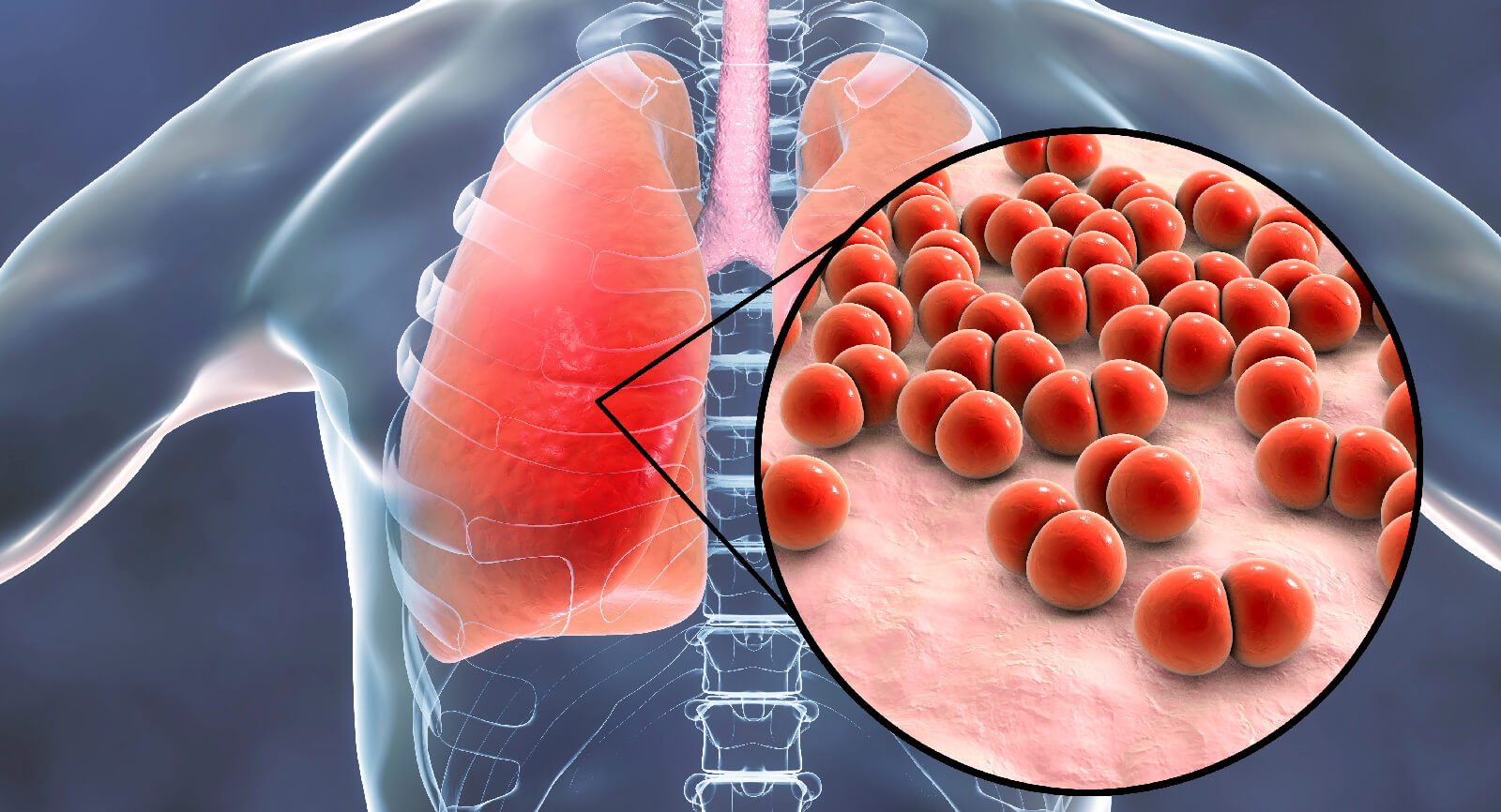Critical care technology is always evolving and has revolutionized patient monitoring in a variety of ways. These improvements have improved patient outcomes, increased healthcare delivery efficiency, and supplied doctors with useful data to make informed decisions.
Here are some ways in which critical care technology is revolutionizing patient monitoring:
Real-time Data Monitoring:
Using critical care technology, medical professionals can continually and in real-time monitor vital signs like heart rate, blood pressure, oxygen saturation, and breathing rate. These real-time data make it possible to immediately identify even the smallest changes in a patient’s state, enabling prompt actions.
Remote Monitoring:
Critical care technology now allows for remote patient monitoring thanks to telemedicine and wearables. Patients who require long-term care or those who reside in rural places can particularly benefit from this. Healthcare professionals can keep an eye on a patient’s vital signs and get warnings if anything is out of the ordinary.
Advanced Sensors:
Advanced sensors that can measure a variety of physiological markers are available in critical care units. The discomfort for patients and the danger of infection are decreasing as these sensors become more precise and minimally intrusive.
Integration of Data:
Electronic health records (EHRs), medical imaging, and laboratory findings are just a few of the data sources that modern critical care technology combines. This integration offers a thorough picture of the patient’s health, assisting clinicians in making educated choices.
Artificial Intelligence (AI) and Machine Learning:
Large volumes of patient data are being analyzed using AI and machine learning algorithms to spot patterns and trends. These algorithms can help clinicians forecast changes in a patient’s condition, improve treatment regimens, and even spot possible infectious disease outbreaks.
Predictive Analytics:
Predictive analytics is used in critical care technology to forecast patient outcomes. Healthcare professionals can more effectively allocate resources to high-risk patients by assessing recent trends and past patient data.
Tele-ICU:
Technology is used by tele-intensive care units (Tele-ICUs) to link remote intensivist teams with local healthcare professionals. This makes it possible to monitor and consult patients around-the-clock, increasing patient care and lessening the workload for staff who are on-site.
Mobile Apps and Patient Engagement:
Patients can take an active role in their care by using patient portals and mobile apps. Patients can share data with their healthcare professionals and monitor their vital signs at home. These tools encourage patient participation and aid in the more efficient management of chronic illnesses.
Non-Invasive Monitoring:
The necessity for intrusive operations has decreased and patient comfort has increased thanks to improvements in non-invasive monitoring techniques such continuous glucose monitoring, non-invasive ventilation, and transcutaneous monitoring.
Data Visualization and Decision Support:
Healthcare professionals can use decision support systems and user-friendly data visualization tools thanks to critical care technology. Making quick clinical choices and deciphering complex data are made simpler by these instruments.
Improved Alarm Systems:
Health care professionals have less alarm fatigue because to improved alert systems with clever algorithms. Based on the seriousness of the problem, these systems prioritize alarms, minimizing unneeded interruptions and speeding up reaction times.
In conclusion, by enabling real-time, remote, and in-depth data analysis, critical care technology is transforming patient monitoring. These developments enhance patient outcomes while streamlining healthcare professionals’ workflows and enabling them to provide more effective and efficient critical care. Critical care monitoring will become progressively more precise and patient-focused as technology develops.









































